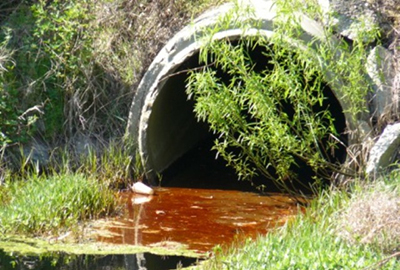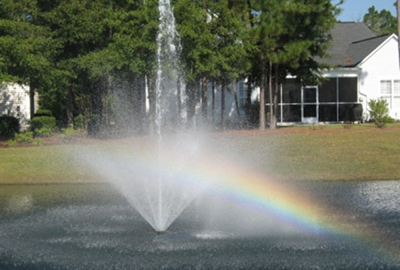
Before you get started, every resident must know
Stormwater ponds are extremely important components of your community's drainage system. They are designed to provide two critical services:
- prevent flooding by suppressing surges of stormwater runoff that wash from lawns, buildings, and paved surfaces
- protect water quality by holding water long enough for natural processes to remove sediment and some pollutants from the water before it is discharged to nearby rivers or beaches.
The primary purpose of all stormwater ponds is to manage stormwater runoff generated by impervious surfaces such as rooftops and pavement (see Pond Construction and Sedimentation for more details). These ponds are not designed to be recreational ponds for fishing or boating, and they are not permitted solely for beautification of the landscape. They are engineered devices constructed to moderate flood surges and reduce stormwater pollution.
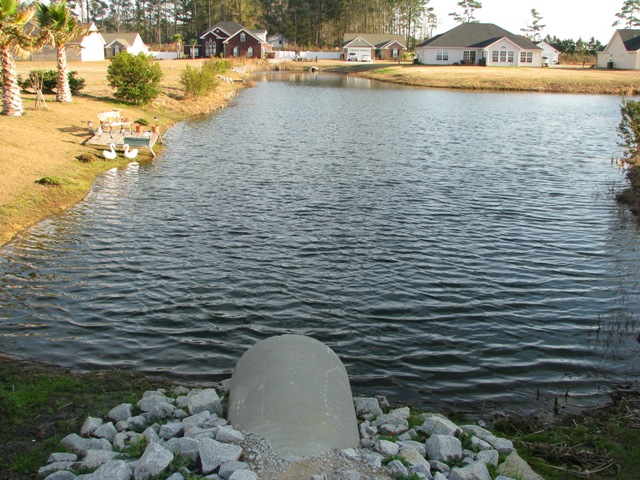
As with other engineered devices, stormwater ponds require maintenance to prevent them from falling into disrepair. Regular maintenance is essential to protecting the flood control and water quality services provided by the ponds, but it also is necessary to maintain the appearance of the ponds, which has a significant affect on property values throughout the community and the quality of life of all residents in the neighborhood, not just the waterfront owners. So what maintenance challenges do you have? Look at the links below or in the left column of this page to learn how to manage common stormwater pond problems.
While stormwater ponds are one of the most recognizable stormwater management devices in residential communities, especially in the coastal counties of South Carolina, they are not the only systems used to manage stormwater runoff in new developments. Other structural practices designed to reduce the volume of runoff generated by impervious surfaces may be a part of your community's drainage system. These Low Impact Design principles are designed to encourage water to infiltrate the soil rather than become runoff. Used in concert with stormwater ponds, devices such as pervious pavers and concrete, bioswales and raingardens, pocket parks, and rain harvesting systems can serve as a water treatment train that can improve water quality and the longevity of your neighborhood's ponds. To learn more about low impact design principles as well as actions your community can take to protect water quality, visit the Carolina Clear webpage.

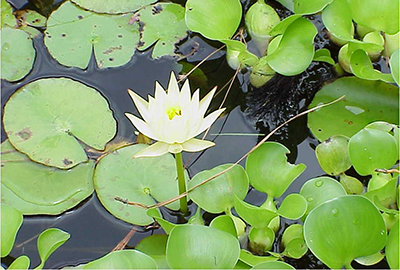
Aquatic Weeds
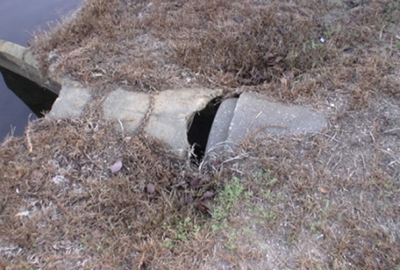
Design, Construction, Sedimentation
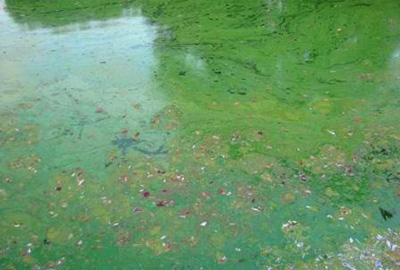
Fish Kills/Disease
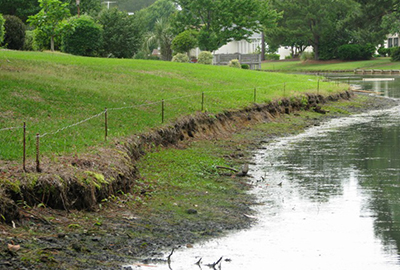
Low/High Water
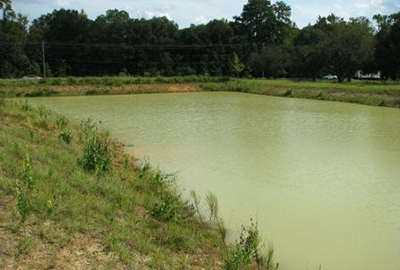
Muddy Water, Films, Foams, Slimes
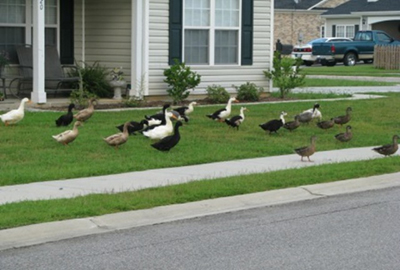
Nuisance Wildlife
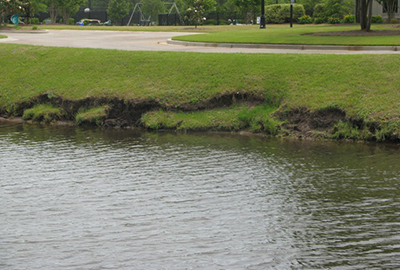
Shoreline Erosion
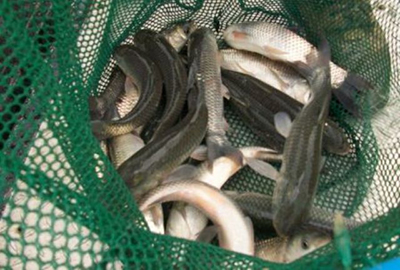
Stocking/Harvesting Fish
